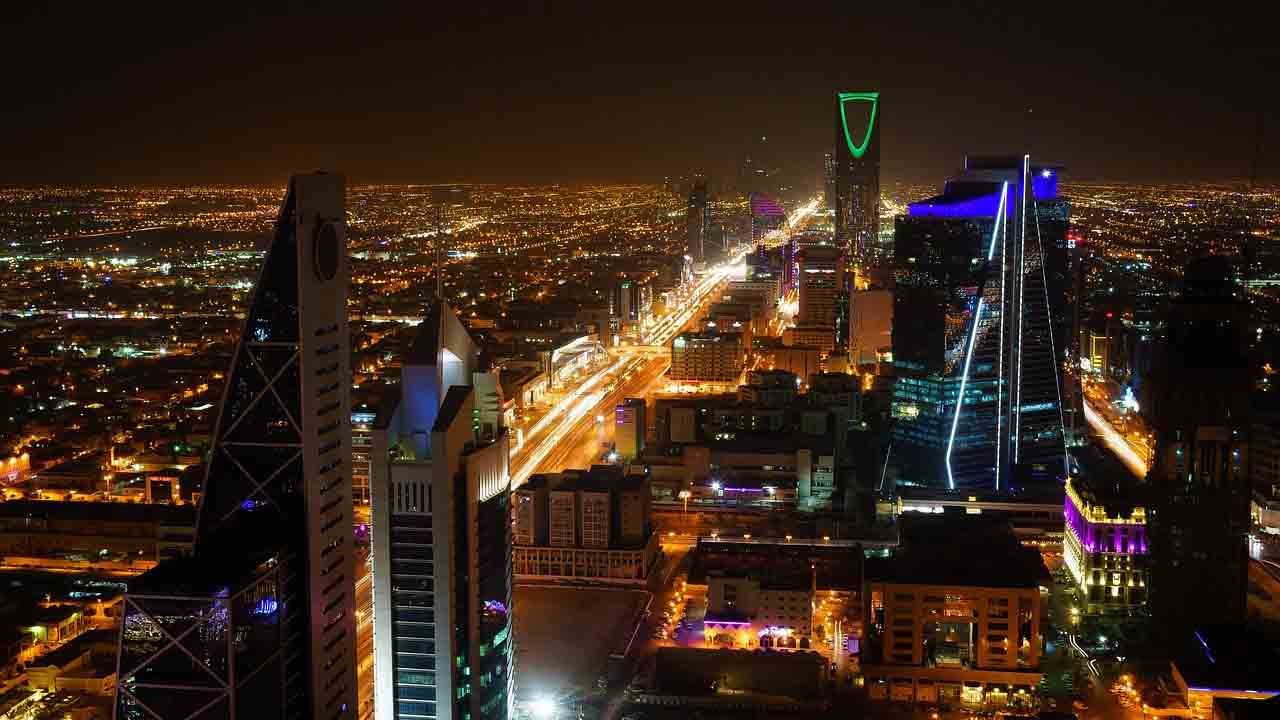Saudi Arabia’s labeling industry on the rise
Saudi Arabia’s labeling and packaging industry is undergoing a rapid transformation driven by technological innovation, evolving consumer expectations and the nation’s Vision 2030 roadmap.

Saudi Arabia’s packaging market size reached 11.2 billion USD in 2024, according to a report by IMARC Group. The market is expected to reach 16 billion USD by 2033, with a growth rate (CAGR) of 4.02 percent during the forecast period between 2025 and 2033.
The industry is seeing rising interest in labels and packaging, with an appetite for specialty applications and a growing interest in sustainability.
‘Saudi Arabia, being one of the biggest nations in the Gulf, is booming with many labels and packaging requirements,’ says Manu Muraleekrishnan, regional business manager for Middle East, West and East Africa at Nilpeter. He notes that the market is now mature enough to embrace technical advancements. ‘We’re seeing growing demand for specialty shrink sleeves, anti-counterfeiting security labels and lenticular labels,’ he adds.
Khalid Aziz Shah, general manager at one of the leading converters in the region, Raqam International, echoes this observation. ‘In self-adhesive labels, we’re seeing more upgrades in cosmetics and detergents labels with screen and foiling effects,’ he says.
Additionally, in-mold labeling (IML) and shrink sleeves are gaining traction, while BOPP and wraparound labels remain strong, typically printed in standard three to six-color formats.
Vision 2030
Saudi Arabia’s Vision 2030 initiative and upcoming global events are expected to drive substantial growth. Vision 2030 is a government-led initiative to drive economic, social and cultural diversifi cation in Saudi Arabia. It is focused on transforming the country by diversifying the economy, empowering citizens and attracting global investment.
‘The country is preparing for World Expo 2030 and the FIFA World Cup 2034, which will attract millions of travelers,’ says Muraleekrishnan. ‘This will directly impact industries like automotive, healthcare, hospitality, food and beverage, which rely heavily on labeling and packaging. The 2030 vision looks very promising for the kingdom.’
Shah agrees that government support and large-scale development projects set the stage for growth. However, he adds: ‘Since the labels industry is mostly in the private sector, it hasn’t yet received as much direct attention or promotion as it should.’
The World Expo and FIFA World Cup will directly impact industries that rely heavily on labeling and packaging. The 2030 vision looks very promising for the kingdom
While global markets push toward greener technologies, Saudi Arabia is in the early stages of its sustainability journey. The industry stakeholders, including leading label converters and end users, are discussing sustainability, and there is an interest in reducing waste and carbon footprint. However, Shah notes that it is a new concept in the region, and there are cost concerns.
Label trends
According to Shah, label materials such as semi-gloss, thermal, PP, PE and BOPP dominate the market, making up 80 to 90 percent of print jobs. ‘Customers and designers are most familiar with these materials,’ he says. ‘But if they explore new and unique substrates, it could signifi cantly upgrade branding and create new trends.
As a converter, we’re always excited about innovation.’ New technologies are entering the market, though customer education remains a hurdle. ‘More sophisticated combination printing machines are now available, capable of producing high-end labels. However, due to traditional market habits, it’s sometimes hard to explain the long-term value of increased market share versus short-term cost per label,’ says Shah.
Digital printing is gradually gaining ground in Saudi Arabia and is growing, especially with combination presses for short-run jobs in both roll and sheet formats. Still, ink costs remain a barrier to faster adoption.
Market challenges
Despite Saudi Arabia’s business-friendly policies, challenges persist, particularly pricing. ‘Unhealthy pricing is one of the biggest issues. There are only a few ways to solve this issue and one proven solution would be to form a local printers’ association, like in Europe, and agree on price brackets for each product category. No printer should sell below or above that range. This is the need of the hour to have sustainable growth for everyone,’ Muraleekrishnan explains.
The future
As the Saudi market evolves, there is optimism about new applications and technologies. Shah notes that holographic labels are growing globally and gaining appreciation. ‘We’ve introduced hologram labels to the market, and we’re hopeful they’ll see stronger adoption among brands,’ he says.
As Saudi Arabia advances towards Vision 2030, its labeling industry is exhibiting potential for growth. From embracing specialty applications and new materials to preparing for large-scale events, the region is poised for long-term development.
However, tackling challenges such as pricing, sustainability and education will be key in supporting the industry’s progress.
Stay up to date
Subscribe to the free Label News newsletter and receive the latest content every week. We'll never share your email address.


